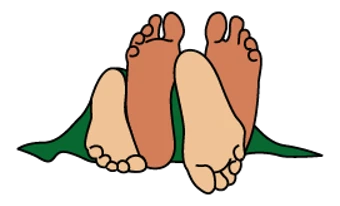Hormone therapy is the most effective treatment for many menopause symptoms
Hormone therapy works by replacing the oestrogen – and sometimes progesterone – your body is no longer producing. Some of the symptoms that respond well to hormone therapy are: hot flushes, night sweats, and mental health symptoms.
There are a few different ways to take hormone therapy. Treatment can be:
- oral hormone therapy (taking pills)
- transdermal (through the skin, such as oestrogen gels and patches)
- intrauterine (an intrauterine device, IUD, with hormones which is inserted into your uterus)
- vaginal (oestrogen treatments that can be applied inside the vagina to help with symptoms like dryness, irritation, and pain during sex)
Learn more about hormone therapy



